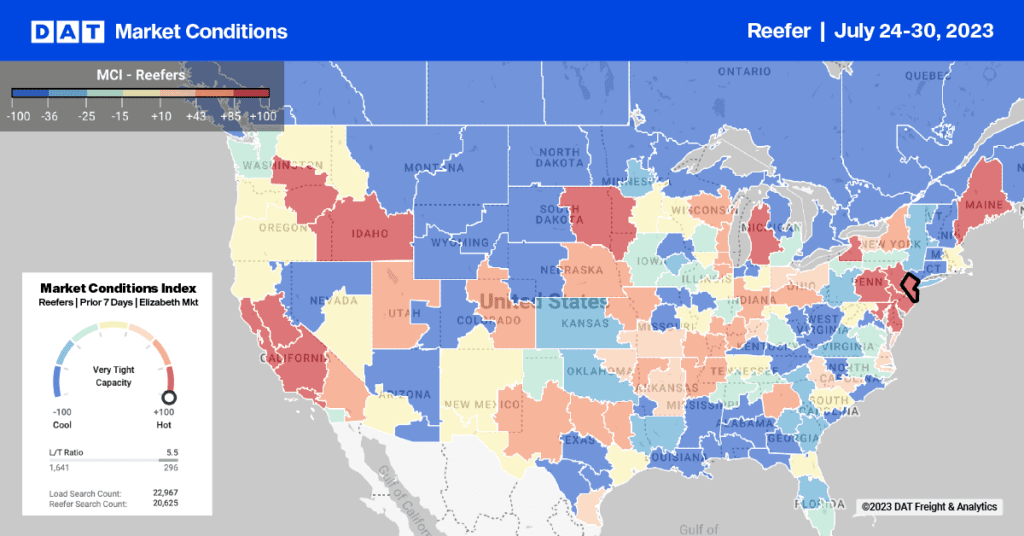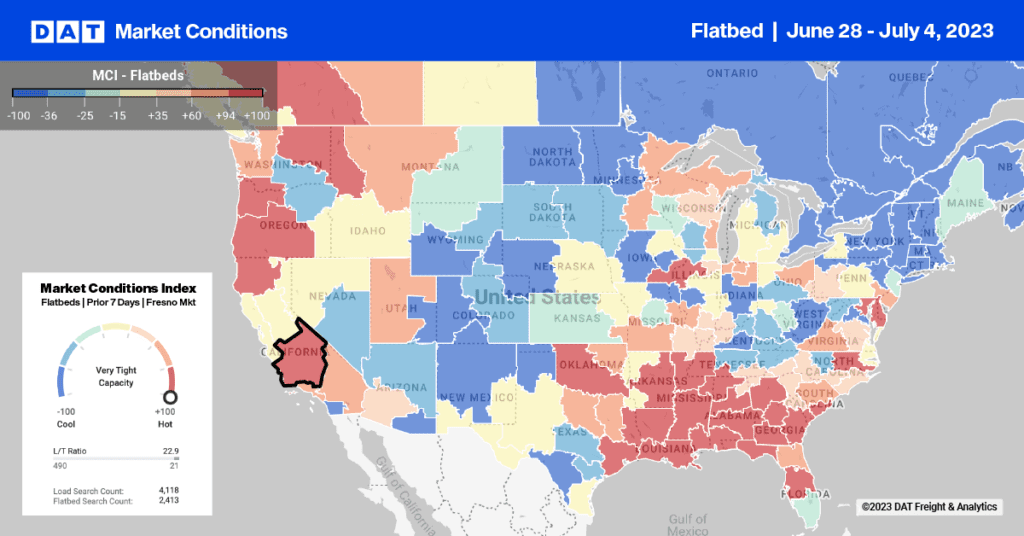It’s rare that a story about truckers reaches the general public — except, of course, when there’s an overturned semi or other sensational accident on the evening news. So I was surprised when I heard a story on National Public Radio earlier this week about the thousands of unfilled trucking jobs.
This got me thinking about what it is going to take to get drivers back in the driver’s seat–and the ripple effects this could have on the trucking industry over the next few years. I think it will impact our industry and maybe even reshape it — and not necessarily the way people might expect.
For those of us who watch the industry, the driver shortage is no surprise, despite coming amid record unemployment. When the recession hit, a huge amount of capacity was taken off the road and drivers were laid off by the thousands. Now that freight is moving again, companies are hiring, but it is a slow process.

Other factors are coming into play, creating a perfect storm. The average age of truck drivers in this country is increasing. Not enough younger drivers are being recruited to replace the older ones that retire. The new generation of younger people is not as interested in a job that requires them to eat their meals at truck stops, sleep in the cramped quarters of their cab and be away from their families for long periods. It’s a hard job, and the pay doesn’t compensate for the hardships.
Secondly, legislation is making it harder to earn a living as a truck driver. The FMCSA’s new safety measurement system penalizes carriers for any and all infractions found during roadside inspections and it has forced them to weed out the lower quality drivers (i.e., those with bad safety scores) It must be hard to feel secure in your job when one crash could ruin your entire career.
In addition, impending Hours of Service regulations threaten to shorten the number of driving (make that earning) hours in a day, further reducing the trucker’s ability to earn a decent living.
So where does this leave us? I believe that we will see a number of things happen over the next few years:
- Carriers will need to consider quality of life issues: Driver pay must go up, but quality of life is equally important to many drivers-one reason we’re starting to see driver turnover rising. Those carriers that can offer their drivers a better standard of living, including shorter routes, more regular schedules and more time at home, will likely be the winners. Driver training programs and a continued emphasis on safety are important too.
- Increase in the number and size of private fleets: Private fleets will increase in number and size, as shippers strive to secure their supply chains. This will also increase the general level of pay for the industry.
- Heavier and longer trucks on the road. It’s the only way that we can come close to moving the required amount freight without changing the current infrastructure.
The impact of the driver shortage will go beyond our industry. What the NPR story didn’t tell the listening public was that this shortage of truck drivers will likely fuel inflation. After all, if the drivers are paid more, the cost of transporting goods will go up and we will see that reflected in the price of goods we buy.
This is just my opinion; I’d love to hear yours too.


